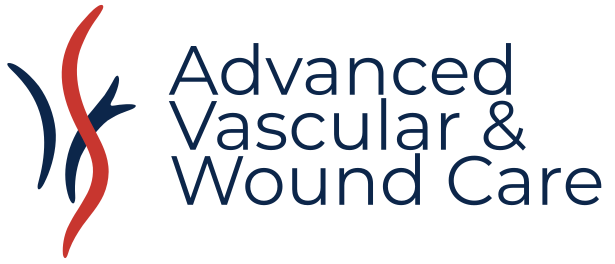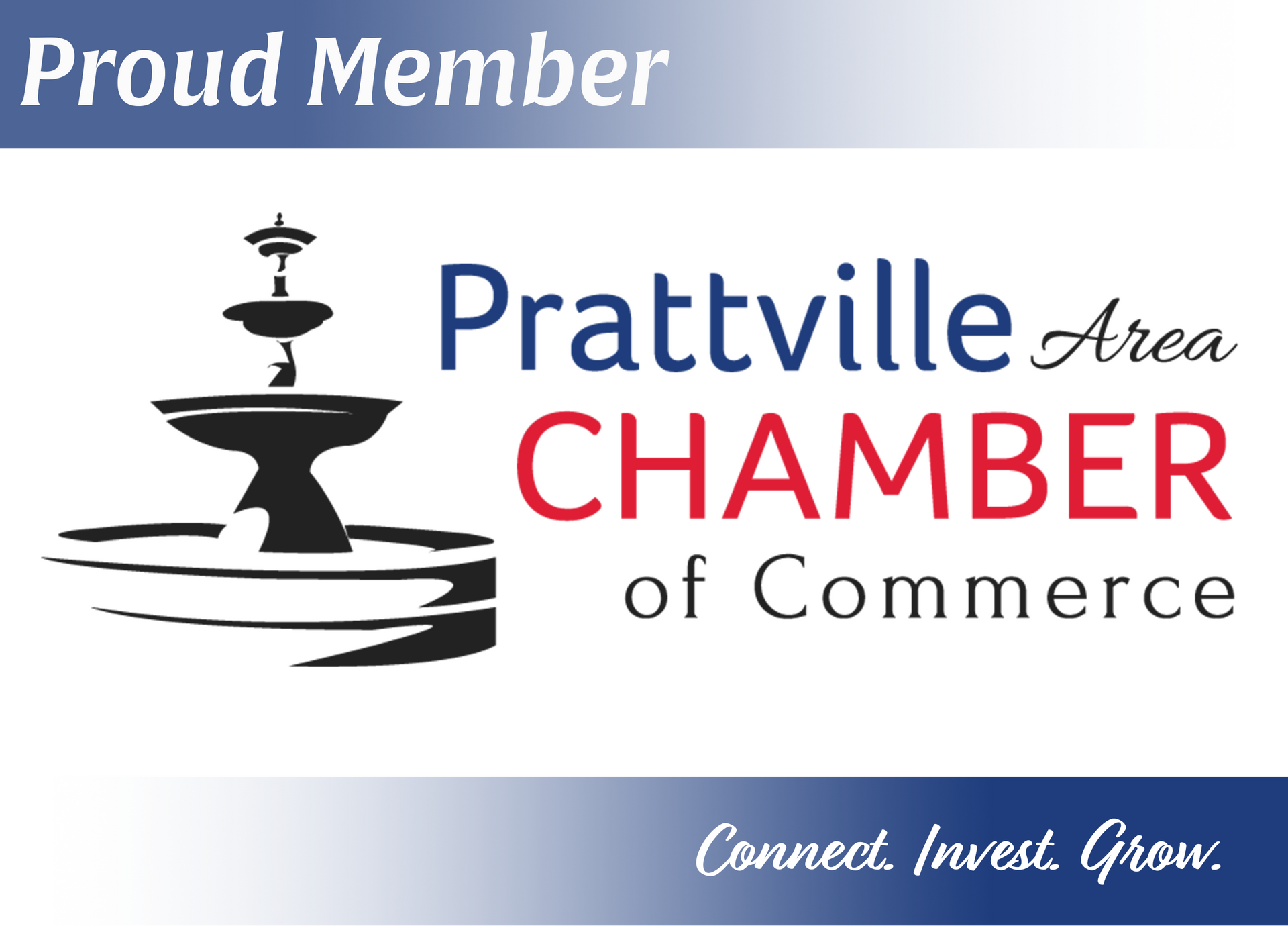Abdominal Aortic Aneurysm Treatment in Prattville, AL
Expert AAA Diagnosis and Treatment in Central Alabama
Life-Saving Treatment for Abdominal Aortic Aneurysms
An abdominal aortic aneurysm (AAA) is a serious condition that requires immediate attention from experienced vascular specialists. At Advanced Vascular and Wound Care in Prattville, Alabama, our board-certified vascular surgeons provide comprehensive diagnosis, monitoring, and treatment for abdominal aortic aneurysms using both minimally invasive and traditional surgical approaches.
Don't let an undetected aneurysm put your life at risk. Early detection and expert treatment can prevent life-threatening rupture and help you return to normal activities with confidence.
Understanding Abdominal Aortic Aneurysms
An abdominal aortic aneurysm occurs when the wall of the aorta – your body's largest blood vessel – weakens and bulges outward in the abdominal area. The aorta normally measures about 2 centimeters in diameter, but when an aneurysm develops, it can expand to 3 centimeters or larger, creating a dangerous balloon-like bulge.
The primary danger of an AAA is rupture, which causes massive internal bleeding and is often fatal. Studies show that ruptured AAAs have a mortality rate of 80-90%, making early detection and preventive treatment critical for survival.
Risk Factors for AAA
High-risk factors include age over 65 (especially men), smoking history, family history of aortic aneurysms, high blood pressure, atherosclerosis, and male gender. Men are 4-6 times more likely to develop AAA than women. Additional risk factors include high cholesterol, COPD, peripheral arterial disease, and connective tissue disorders.
Symptoms and Warning Signs
Most abdominal aortic aneurysms are "silent," producing no symptoms until they become large or rupture. However, some patients may experience deep, constant abdominal or back pain, a pulsating feeling in the abdomen, nausea, dizziness, or rapid heart rate.
Emergency symptoms requiring immediate 911 call include sudden, severe abdominal or back pain, loss of consciousness, shock symptoms, and severe nausea with pain.
Advanced Diagnostic Services
Our state-of-the-art diagnostic services in Prattville include ultrasound screening for quick, non-invasive detection, CT angiography for detailed measurements and surgical planning, and MR angiography for patients requiring contrast-free imaging.
Screening is recommended for men aged 65-75 who have ever smoked, anyone over 60 with family history of AAA, patients with multiple risk factors, and those with peripheral arterial disease.
Treatment Options
Minimally Invasive Endovascular Aneurysm Repair
EVAR is the gold standard for AAA treatment, using small groin incisions to insert a stent graft that seals off the aneurysm. The procedure involves guiding the stent through groin arteries to the aneurysm site, where it’s deployed to redirect blood flow. Benefits include a shorter hospital stay (1–2 days), faster recovery, lower complication risk, and minimal scarring.
Open Surgical Repair
For complex cases or when EVAR isn’t suitable, open surgical repair provides excellent long-term results. This approach involves accessing the aneurysm through an abdominal incision and replacing it with a synthetic graft. Though recovery takes longer (6–8 weeks), the surgery offers a durable, permanent solution without the need for ongoing surveillance.
Treatment Decision Factors:
Treatment is typically recommended for AAAs larger than 5.5 cm in men or 5.0 cm in women, aneurysms growing more than 0.5 cm per year, symptomatic aneurysms, or ruptured aneurysms. Smaller aneurysms are monitored with regular ultrasounds based on size and growth rate.
Why Choose Advanced Vascular & Wound Care?
Dr. Justin Parden is board-certified in Vascular and General Surgery and Fellow of the Society of Vascular Surgery, with extensive experience treating hundreds of AAAs. Our Prattville facility features advanced diagnostic and treatment technology, and our multidisciplinary team provides personalized care with excellent outcomes and high patient satisfaction.
Recovery and Prevention
EVAR patients typically go home within 1-2 days with activity return in 1-2 weeks, requiring regular follow-up imaging. Open repair patients stay 5-7 days with 6-8 week recovery but minimal long-term follow-up needed.
Prevention includes smoking cessation, blood pressure control, cholesterol management, regular exercise, and a healthy diet. We provide resources and support for lifestyle modifications.
Frequently Asked Questions
Schedule Your Consultation Today
Don't wait to address AAA concerns. Early detection and expert treatment save lives and help maintain active lifestyles. Call Advanced Vascular and Wound Care at (334) 659-4717 to schedule your consultation with Central Alabama's leading vascular specialists.

